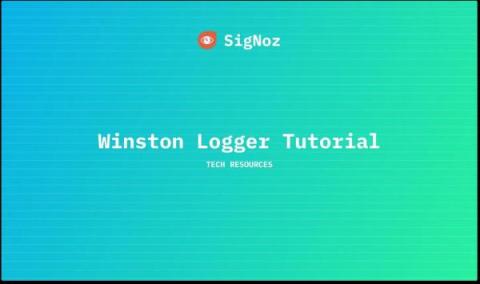OpenTelemetry Browser Instrumentation Complete Tutorial
Browser instrumentation refers to collecting and analyzing data about a user's interactions with a web browser. This type of instrumentation involves using specialized tools and techniques to gather information about how a website is being used, such as page load times, network requests, and user interactions. The data collected through browser instrumentation can be used to improve website performance, identify and troubleshoot errors, and gain insights into user behavior.











